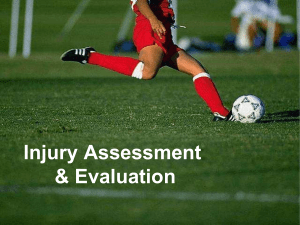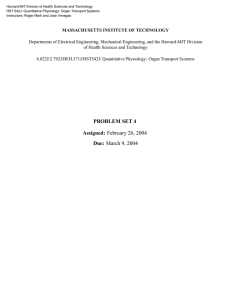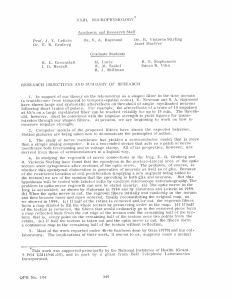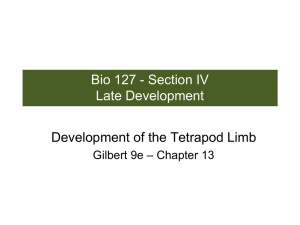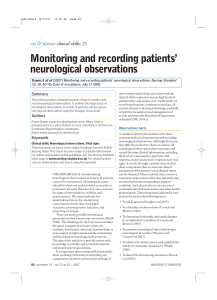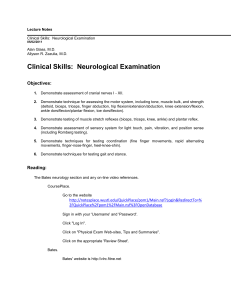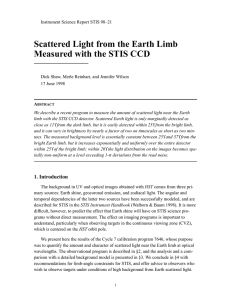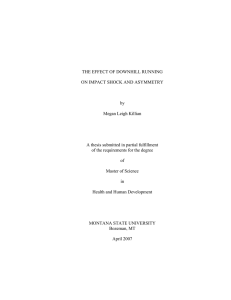Evaluation Process PowerPoint
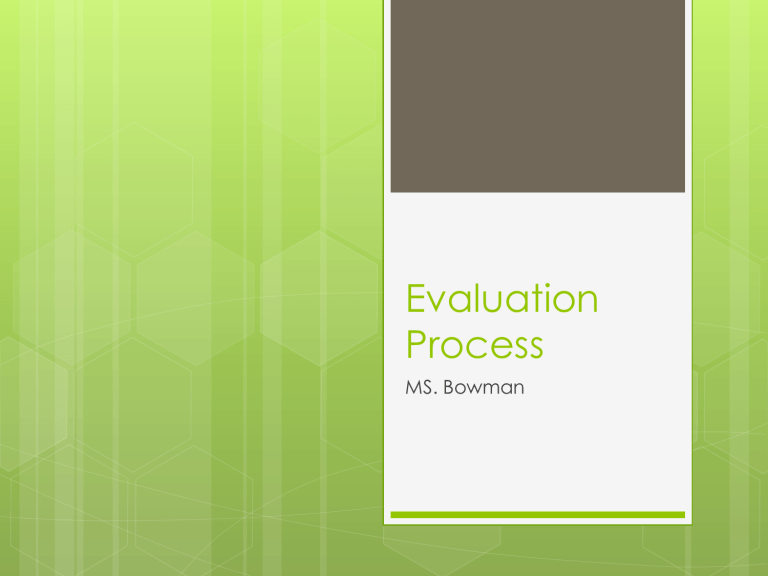
Evaluation
Process
MS. Bowman
Evaluation Process
Many evaluation models
The model you use should be systematic and follow a logical process
Evaluation Model
H-history
I/O-inspection/observation
P-palpation
S-special tests
History
Most important part of the evaluation process
Rest of the eval is used to confirm findings from history
Open-ended questions should be used instead of simple yes and no questions
What happened?
Where is the pain?
How long have you had the issue?
Have you injured this body part before?
How did it feel when you were injured?
Change in symptoms
Description of symptoms
Inspection/Observation
Provides reference for symmetry, muscle tone, structure, etc
Observe gait and the way the patient is carrying/holding his body
Look for:
Swelling
Deformity
Color
Texture
Muscle tone
Bilateral differences
Palpation
Process of touching/feeling the tissues
Pay attention to landmarks
Look for
Point tenderness
Trigger points
Change in tissue density
Crepitus
Symmetry
Tissue temperature
Special Tests
These include
Range of motion tests
Ligamentous tests’
Specific special tests
Neurological tests
Range of Motion Tests
Assessment of patient’s ability to move through the range of motion allowed at joint
Perfomed:
Actively-patient moves his/herself
Passively-clinician moves limb through ROM
Resisted-clinician applies resistance while patient moves limb
Break test
Make Test
Ligamentous Tests
Evaluate the structural integrity of the ligaments of a joint
Tests how much “give” a joint has
End-Feels
Firm-slight stretching of the ligament, but there is a definite stopping point
Soft-increased “openness” of joint when compared to contralateral side
Empty-joint completely opens up; no end feel present
Specific Special Tests
Specific procedures applied to a joint to determine the presence of a specific injury
Must be performed precisely and bilaterally so a comparison can be made
Neurological Tests
Screen of motor and sensory function as well as reflexes
Used to identify nerve root impingement, peripheral nerve damage, CNS trauma, or disease
